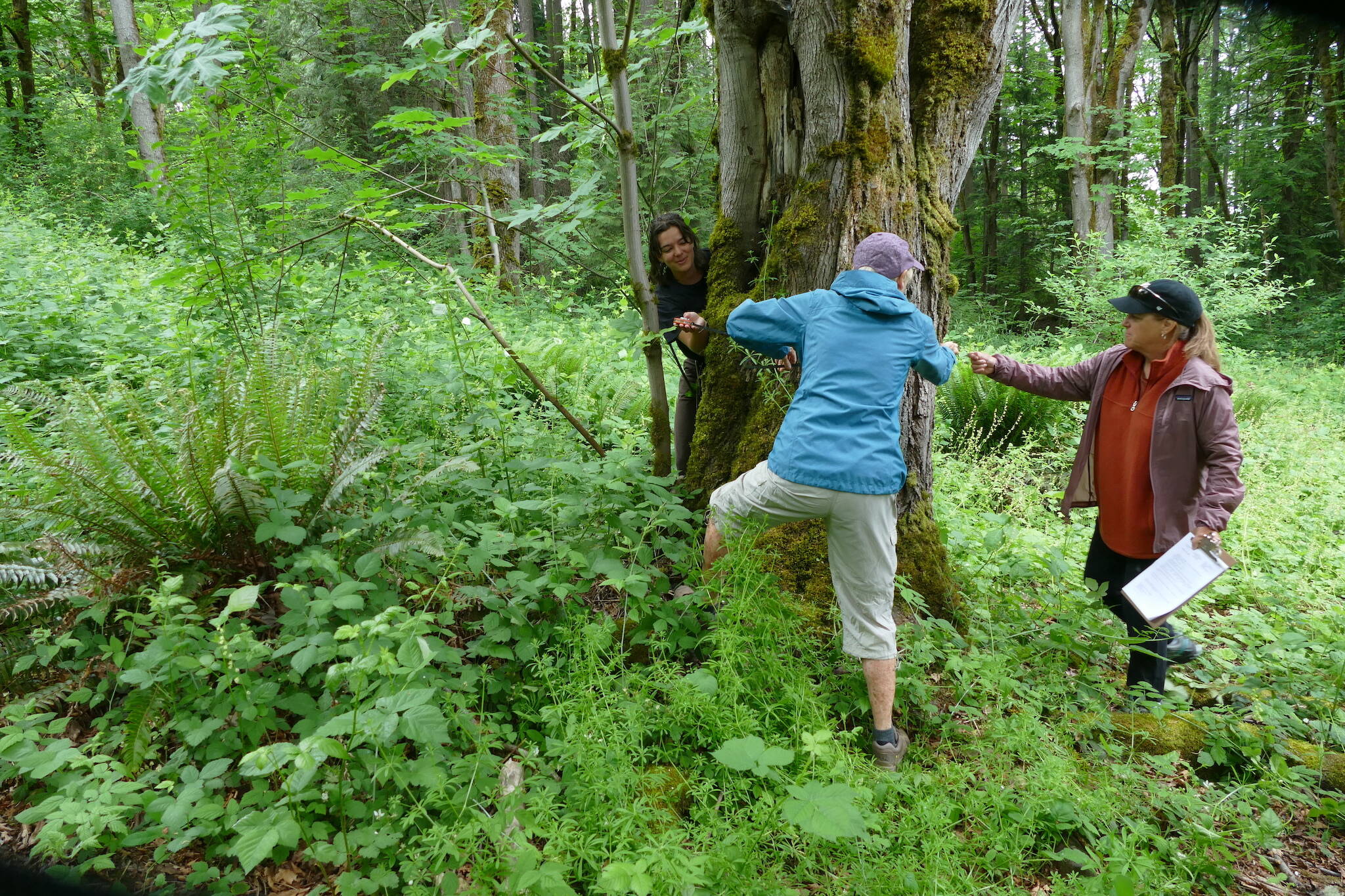By Kathy Johnson / Herald Forum
I would like to correct some misinformation presented in a recent letter to the editor regarding a Herald article (“To speak for trees, Snohomish County activists arm themselves with data,”
The Herald, July 26). I do not believe the “stated intent” of the groups profiled is to stop “sustainable timber harvests on DNR lands in Snohomish County.” The current state Department of Natural Resources forest practices are not sustainable. The logging that these community scientists are trying to prevent is of 100-year-old forests, which take — guess what? — at least 100 years to regenerate. These forests provide numerous “ecosystem services,” including clean air and water, flood control, soil conservation, and wildlife habitat, in addition to carbon storage.
In actuality, the science shows that the best carbon sequestration is provided by living trees, not lumber. For one of many studies demonstrating this, see: tinyurl.com/ForestCarbonSequester. Calculations that assert superior carbon storage in cut lumber don’t account for the carbon produced by removing and processing the trees, nor the loss of other associated carbon sinks such as soil organisms and forest-dependent plants that are destroyed by industrial logging practices.
The letter’s author obviously hasn’t been paying attention to what’s going on in — and coming out of — the Mount Baker-Snoqualmie National Forest over the past few years. The U.S. Forest Service is currently engaged in multiple logging projects that span entire watersheds, from the Snoqualmie to the North and South Fork Stillaguamish to the North Fork Nooksack.
Any “poor conditions” in our national forests are the result of past and present logging, and the effects of climate change. Forest health and climate change are worsened by logging, which increases ambient temperatures and accelerates drying by removing shade and windbreaks; as well as necessitating road construction, leading to further forest loss and increased human access—who in turn cause fires.
Kathy Johnson lives in Marysville.
Talk to us
> Give us your news tips.
> Send us a letter to the editor.
> More Herald contact information.

























